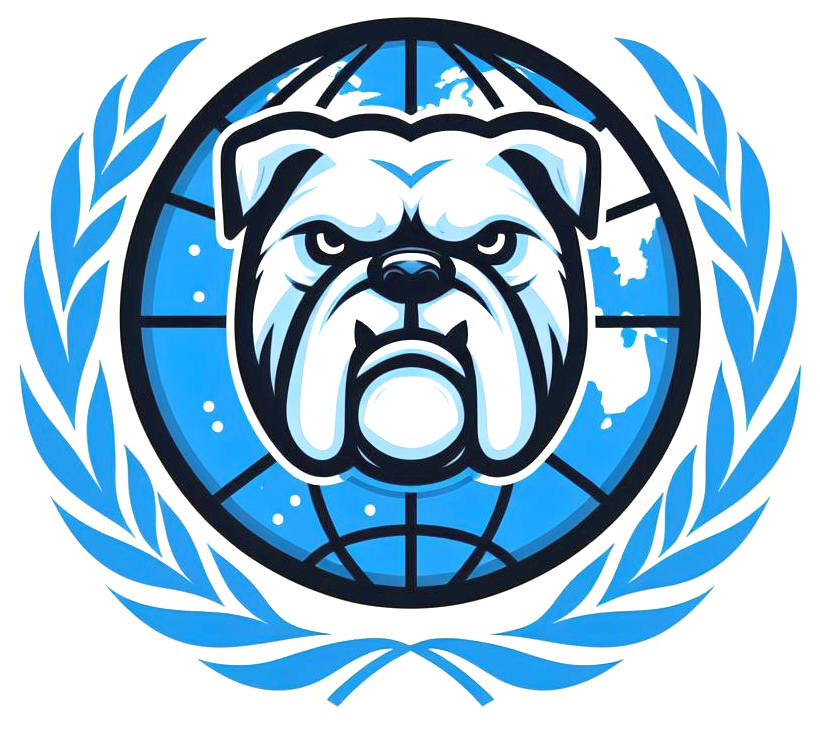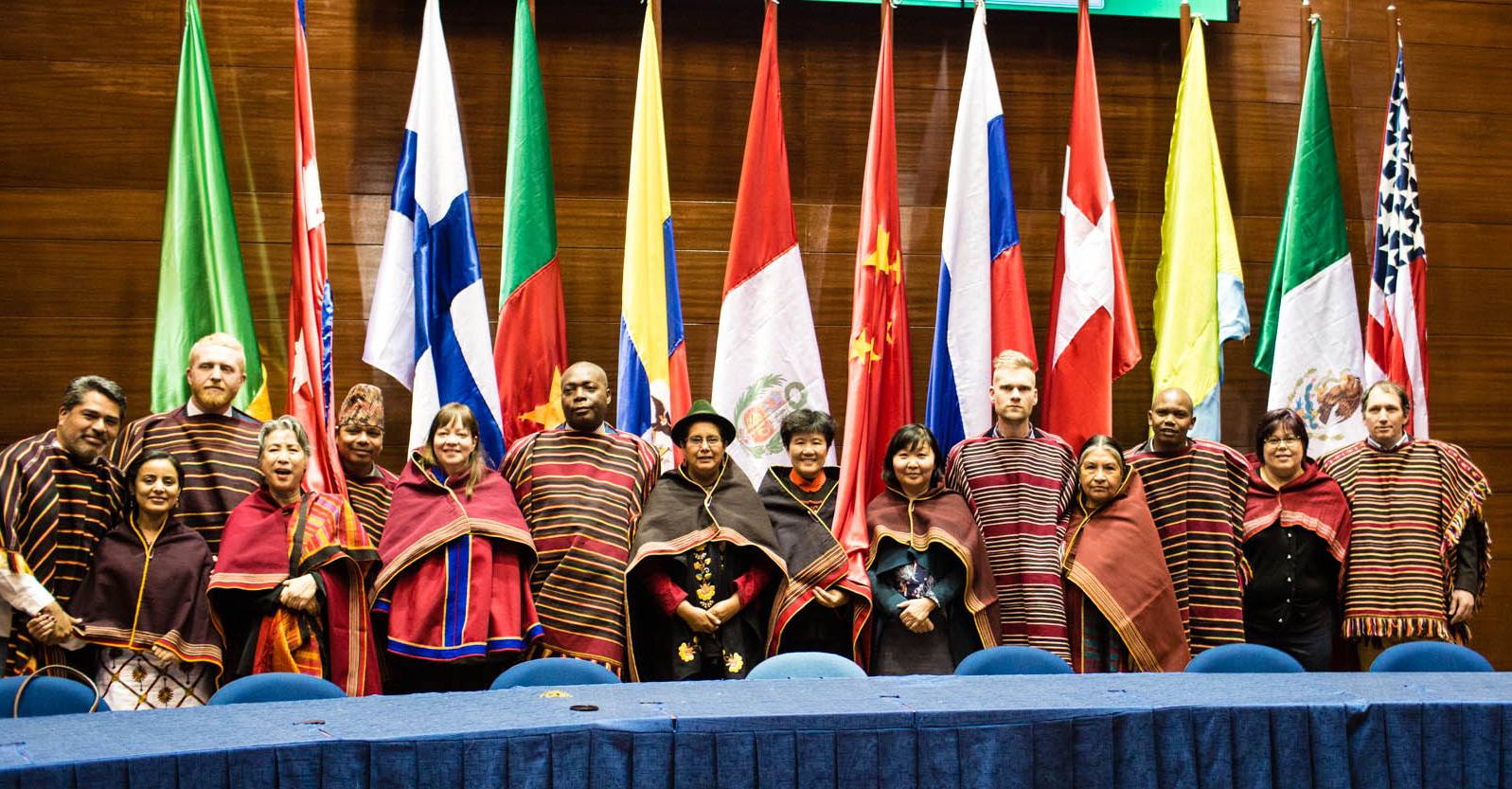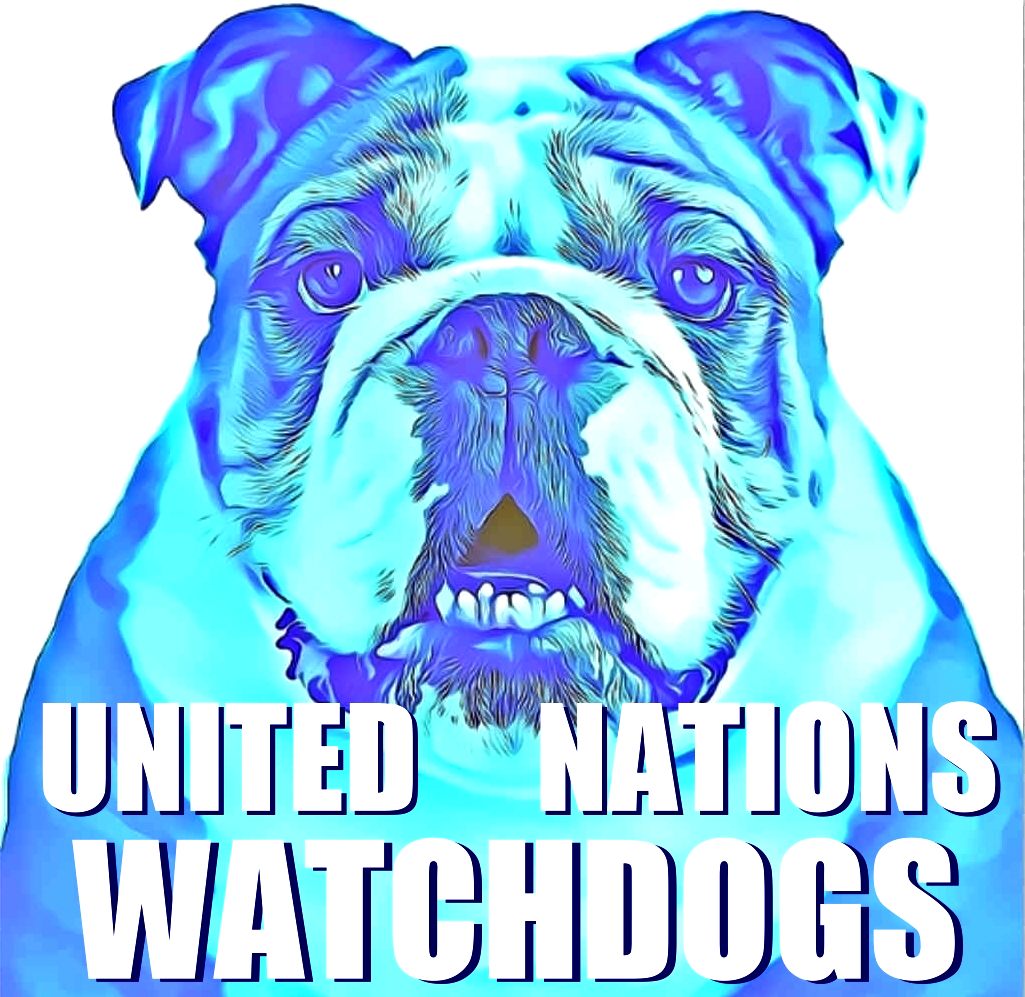|
LEGAL NOTICES
Please use our A-Z INDEX to navigate this site, or our HOMEPAGE
|
The chances of there being intelligent life in other galaxies is remote, especially as the moment a species evolves to be able to exploit their planet, they inevitably destroy their home by exhausting their natural resources. Humans are living proof of that. COP26 was disappointing, save that coal was finally admitted to the agenda and there was an agreement in principle that fossil fuel subsidies should be eliminated, to give renewable energy a level playing field.
The law as to Copyright is sometimes misleading and often leads to confusion on the part of those who are not legally trained or otherwise familiar with Media Reviews, the Freedom of the Press and legitimate editorial comment. Indeed, Articles 18 and 19 of the Universal Declaration of Human Rights, guards your right to express opinions and thoughts with complete freedom. It would be rather remiss, if the organization that promotes human rights, then sought to prevent legitimate criticism.
That said, there are conventions and restrictions to prevent fraud, that everyone should be made aware of. It is an unfortunate fact of life, that corruption is lurking in every doorway. Fraudsters may seek to claim an association with the United Nations in New York, or other subsidiaries, with the intention of making a profit. Such as in soliciting donations. Such behaviour is contrary to the objectives of the Injustice Alliance, which is to eradicate fraud in all forms. And to create a fairer society for all.
Whereas, genuinely affiliated organizations may use the UN's official logos to solicit sponsorship with the aim of promoting UN ideals, in certain circumstances. Provided (for example) they do not bring the UN into disrepute, and they are officially authorized in all matters they purport to act on. Where, it has been brought to our attention on more than one occasion, that some affiliates seek to assert themselves as official investigators for the UN, or to micro manage volunteers, where matters may have already been clarified at a higher level. In some cases seeking to bully or intimidate with repeated contact that is uninvited and unwanted. Even where such persons have been asked in writing not to make contact on subjects where they may be witnesses in any potential litigation, or may be bound by confidentiality agreements, etc., when contact is inappropriate and unprofessional. Such contact may constitute harassment, and in extreme cases; stalking. An example of which is where contact should be via solicitors, claimant to respondent. And solicitors may not contact witnesses on the other side of a claim, directly. Wherever that may happen, that scenario constitutes witness intimidation. For which a solicitor may be struck off, for abusing due process.
NOTE: For the avoidance of doubt, The Injustice Alliance is a stand alone organization, not in any way affiliated with the United Nations, and no such affiliation or association is implied. The Alliance seeks to monitor performance shortfalls, constructively, including educational content and ideas. The Alliance is a Not for Profit Organization without share capital, or any other financial incentives.
WHAT IS AND IS NOT A COPYRIGHT INFRINGEMENT?
For
example, you may not use any trademark, official mark, official emblem, flag or
seal of the United Nations, or any of its other means of promotion or publicity, to
represent or imply an association or affiliation with the United Nations. This
same statement quoted from an official UN website, qualifies permitted limited use where no
association or affiliation is implied. In such circumstances, no
permission is necessary from the United Nations proper.
OTHER STATUTE GUARANTEEING THE RIGHT TO REVIEW COPYRIGHT MEDIA
Media, is any article or publication, whether in print or online.
The Copyright, Designs and Patents Act 1988 (CDPA) provides that photographs and trademarks or logos might be used for:
FAIR USE NOTICE
WHAT IS COPYLEFT
- But it comes with a twist: Those freedoms extend to any derivative works or modifications as well. So, anyone who uses the work and makes changes must share those changes and make their modified version freely available under the same copyleft license.
-
This ensures continued freedom: By requiring any modified versions to stay open and free, copyleft prevents anyone from taking the original work and turning it into something closed and proprietary.
- It's not about making things free (as in price). It's about ensuring freedom in how the work can be used.
-
It can be controversial, as some argue it restricts creators' control over their works. However, proponents believe it fosters collaboration, innovation, and wider access to knowledge and creativity.
THE INJUSTICE ALLIANCE IS A STAND ALONE NOT FOR PROFIT ORGANIZATION
Please note, for the avoidance of doubt, the Injustice Alliance is an independent and stand alone organization. The Alliance is not in any way associated, or affiliated with the United Nations, or any of their subsidiaries. And no such association is implied.
The objectives of the Alliance, are to review the actions and inaction on the part of the UN, including fraud and corruption of any Member State. Or, of any human rights violations.
As an independent organization, the Injustice Alliance is not bound to remain silent as to poor performance. But rather, aims to highlight positive third party interventions, where the UN appears deaf and dumb, or otherwise unwilling to act.
The level of independence afforded the Injustice Alliance guarantees, as far as is possible, the freedom of expression of editorial content, far removed from UN reporting, that does not present in such a way as to highlight or admit to failings. A good example of which is the FLOPS of the COPS, climate change talks. Emphasis on much talking and little action.
The Alliance aims to contribute legitimate and reasoned criticism, by way of public participation free of Strategic Law Suits to Prevent Public Participation (SLAPP actions), and discrimination on any ground.
Criticism that is well balanced is deemed to be constructive, and must remain unfettered if it to be of value in lobbying for change, or to educate the public. Where the UN professes not to be a political organization and does not lobby or march, or endorse activism, that is the driving force when it comes to political will. As in making a point and getting the message across to politicians. This is the right to Protest, and peaceful assembly, that the UK is seeking to prevent.
Hence, all the usual freedoms of the Press apply. With reference to Fair Use and Copyleft. The Alliance avers that as 'Watchdogs' and being independent, we may voice the thoughts of many, that the United Nations' may not voice themselves.
Please use our A-Z INDEX to navigate this site, or our HOMEPAGE
|
|
This website is Copyright © 2024 The Injustice Alliance. Copyleft applying, without the need to obtain permissions for Media Reviews and Educational purposes. All other trademarks are hereby acknowledged. Any person may download, use and quote any reference or any link, and is guaranteed such right to freedom of information and speech under the Human Rights and Freedom of Information Acts. However, be aware that we cannot be held liable for the accuracy of the information provided. All users should therefore research matters for themselves and seek their own legal advice and this information is provided simply by way of a guide. The Watchdog logos are original works of art. The main identifying feature being a Bulldog.
|


